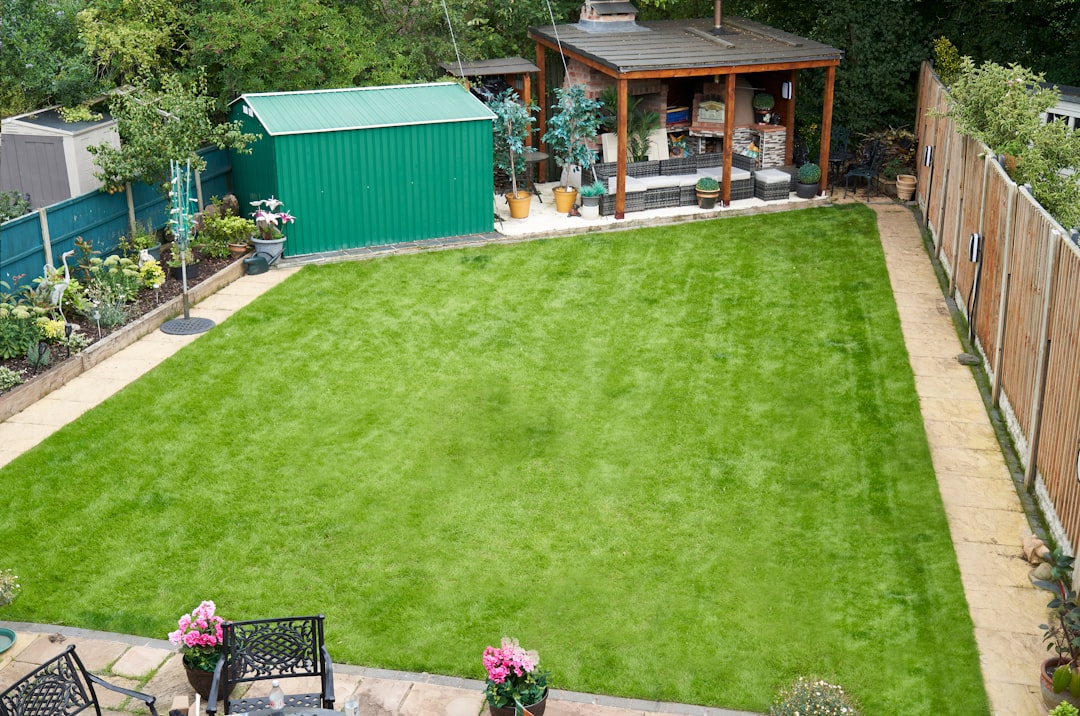Unleashing the Magic of a Butterfly - Filled Garden

Are you looking to transform your garden into a haven for beautiful and beneficial insects? Look no further than this stunning butterfly garden plan. With a well - thought - out combination of flowers, you can create a bed that not only adds a splash of color but also attracts a variety of butterflies to your outdoor space.
First and foremost, let's understand the importance of butterflies in a garden. Butterflies are not just pretty to look at; they play a crucial role in pollination. As they flit from flower to flower in search of nectar, they transfer pollen, which helps plants reproduce. This, in turn, leads to a more vibrant and productive garden.
When planning your butterfly garden, the selection of flowers is key. Different species of butterflies are attracted to different types of flowers. For instance, the Monarch butterfly is particularly fond of milkweed. Milkweed is not only a great nectar source for adult Monarchs but also serves as the only host plant for their caterpillars. Planting milkweed in your garden can significantly increase the chances of attracting these majestic orange - and - black butterflies.
Another excellent choice for a butterfly garden is the coneflower. Coneflowers come in a variety of colors, including purple, pink, and white. Their large, daisy - like blooms are rich in nectar and are highly attractive to many butterfly species. They are also relatively easy to grow and can tolerate a wide range of soil conditions.
Black - eyed Susans are also a staple in a butterfly garden. These bright yellow flowers with dark centers are a favorite among butterflies such as the Painted Lady. They are hardy plants that can thrive in full sun and well - drained soil. Their long blooming period means that they can provide a continuous source of nectar throughout the summer and into the fall.
In addition to choosing the right flowers, the layout of your garden is also important. Grouping flowers together in clusters can make it easier for butterflies to spot them. You can also create different levels in your garden by using taller plants at the back and shorter ones at the front. This not only adds visual interest but also provides different micro - habitats for butterflies.
It's also a good idea to provide some shelter in your butterfly garden. Butterflies need places to rest and hide from predators. You can add some small shrubs or even a rock pile to your garden to create these hiding spots. A shallow dish filled with water and a few rocks can also serve as a watering hole for butterflies.
Maintenance is another aspect to consider. Regularly deadheading spent flowers can encourage new growth and more blooms, which means more nectar for butterflies. However, it's important to avoid using pesticides in your butterfly garden. Pesticides can be harmful to butterflies, both in their adult and caterpillar stages. Instead, opt for natural pest control methods, such as introducing beneficial insects like ladybugs, which can help keep pest populations in check.
As your butterfly garden begins to take shape, you'll start to notice an increase in the number of butterflies visiting. You can even keep a journal to record the different species you see. This can be a fun and educational activity for the whole family. Watching these delicate creatures flutter around your garden is not only a beautiful sight but also a reminder of the importance of creating a sustainable and wildlife - friendly environment.
Over time, your butterfly garden can become a self - sustaining ecosystem. The butterflies will continue to pollinate your plants, and the plants will provide food and shelter for the butterflies. You may also find that other beneficial insects, such as bees and hummingbirds, are attracted to your garden as well.
In conclusion, creating a butterfly garden using this gorgeous plan is a rewarding experience. It allows you to connect with nature, add beauty to your outdoor space, and contribute to the conservation of these amazing insects. So, roll up your sleeves, get your gardening tools ready, and start creating your very own butterfly paradise today!